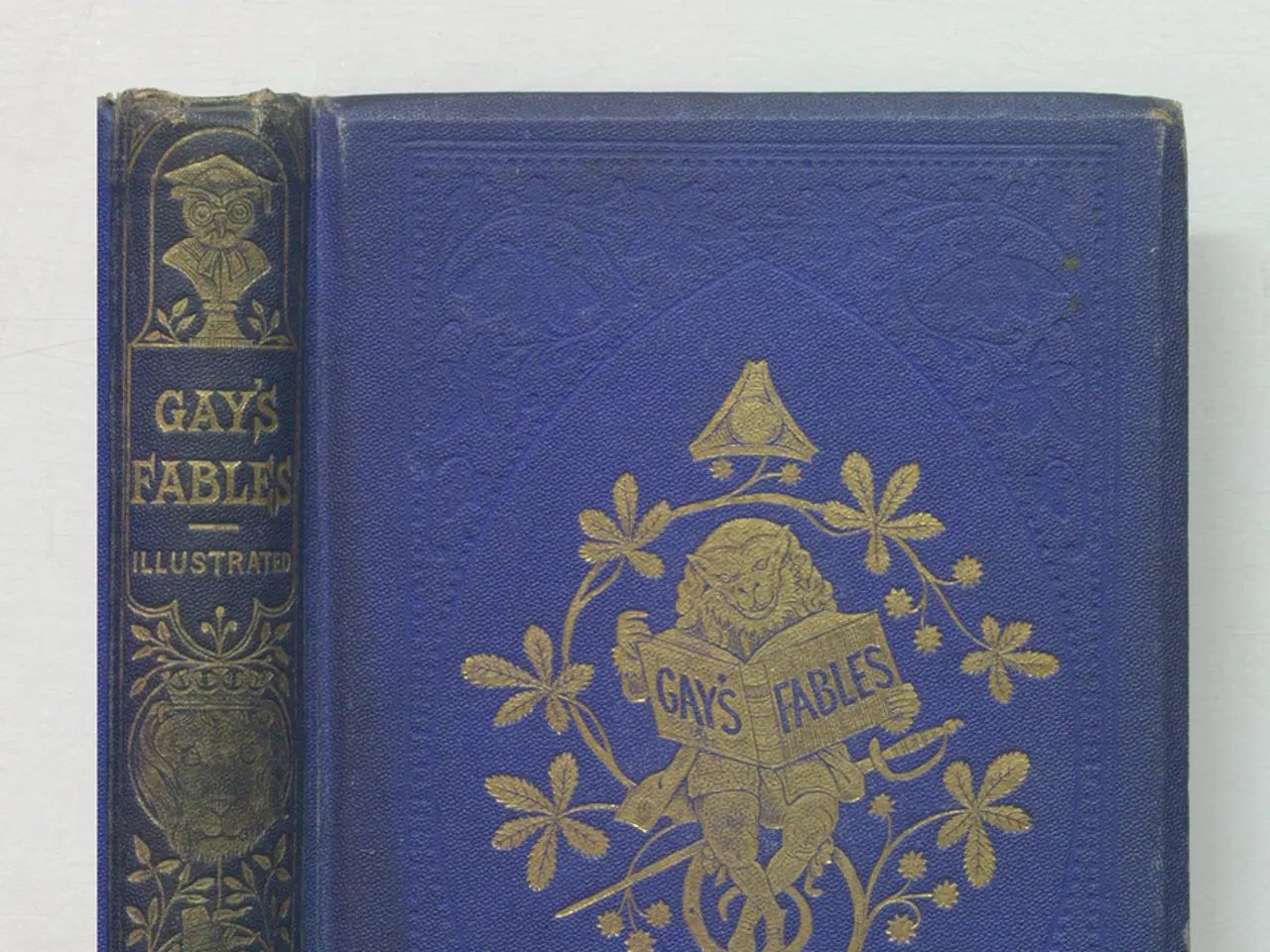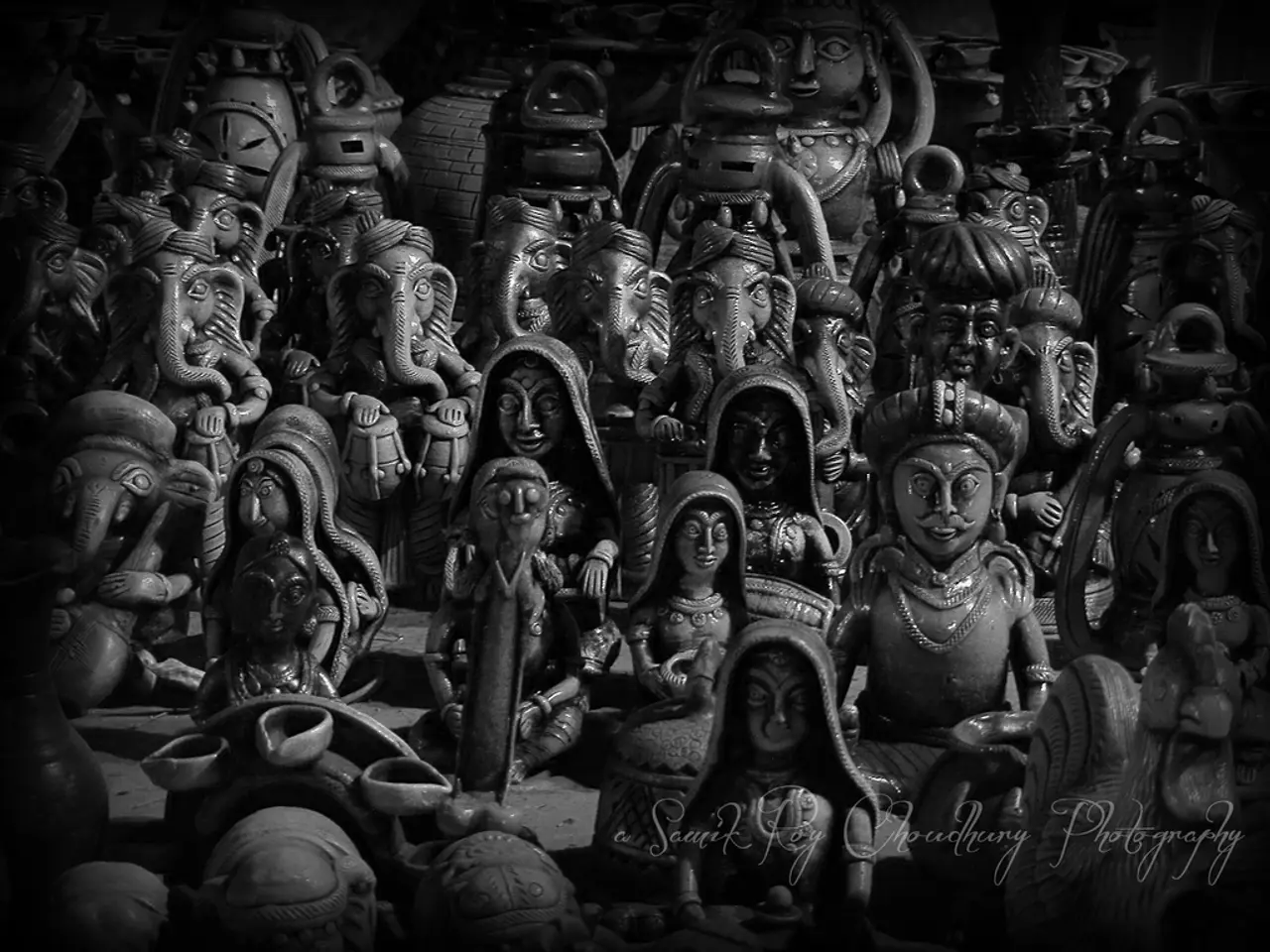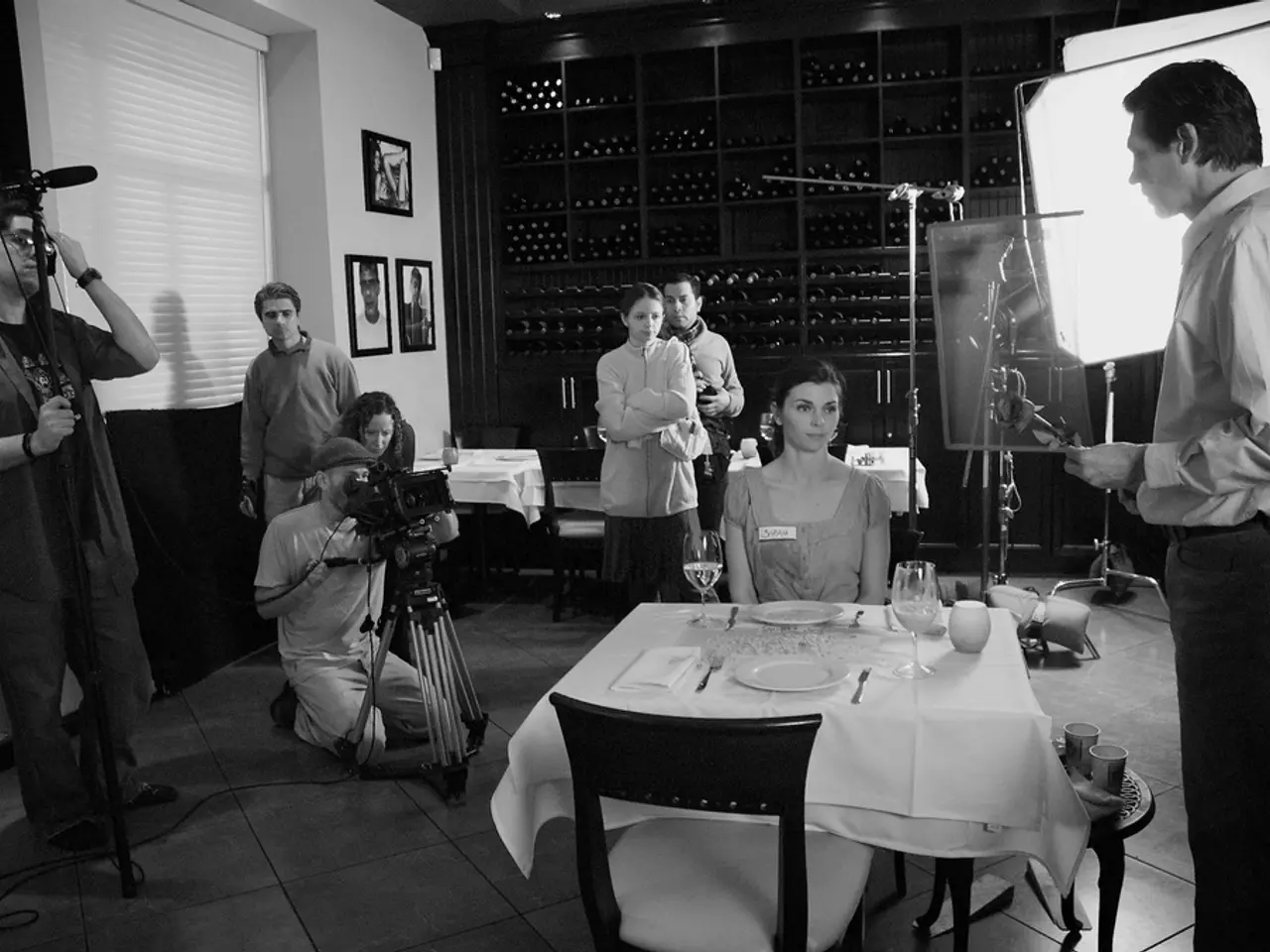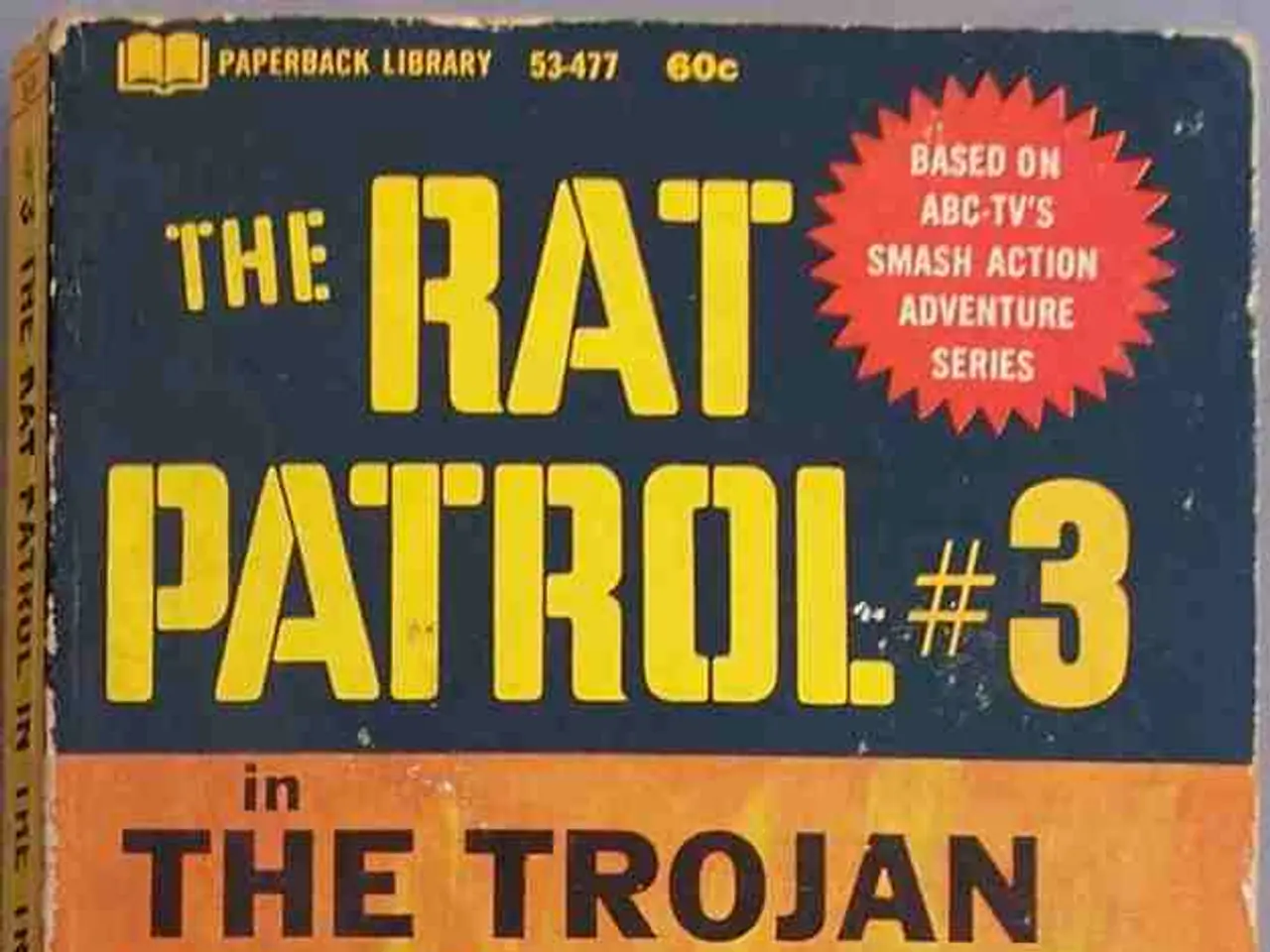Summer Reading Recommendations for Crime Fiction Featuring LGBTQ+ Characters
Crime fiction has long mirrored societal attitudes towards identity, subtly or explicitly incorporating LGBTQ+ themes over the decades. This evolution reflects broader shifts in societal acceptance and understanding.
**1920s-1950s**
During this period, although not explicitly LGBTQ+, works often hinted at queer themes. Authors like Agatha Christie occasionally included characters with ambiguous sexualities. Open depiction of LGBTQ+ characters was rare due to societal norms and censorship.
**1960s**
The 1960s marked the emergence of explicit LGBTQ+ themes in crime fiction. George Baxt's *A Queer Kind of Death* (1966) introduced Pharaoh Love, the first gay black detective in fiction, signalling a shift towards diverse representation. Robin Maugham's *The Wrong People* (1967), originally published under a pseudonym due to its frank content, showcased the challenges faced by authors addressing LGBTQ+ themes openly.
**1970s-1980s**
LGBTQ+ characters began appearing more frequently in crime fiction, reflecting the gay rights movement's growing visibility. Works like Roderick Thorp's *Daddy's Girl* (1981) explored themes that were still considered taboo, such as serial killers and LGBTQ+ characters.
**1990s-2000s**
The 1990s saw a broader range of LGBTQ+ characters in crime fiction, including protagonists and detectives. Authors like Sarah Schulman and Mark Richard Zubro contributed to the growing body of LGBTQ+-inclusive crime novels.
**2010s-Present**
LGBTQ+ characters have become more integrated into mainstream crime fiction, with many authors incorporating diverse perspectives. Notable authors include Alex Espinoza and Amanda Coplin, who have written novels that explore queer themes and identities within the context of mystery and crime. Historical fiction continues to explore the intersection of LGBTQ+ identities and historical mysteries, with recent works such as those listed in *Book Riot's* new LGBTQ historical fiction for 2025.
Some notable contemporary works include: - Hall of Mirrors by John Copenhaver, a queer mystery novel set during the Lavender Scare, involving a serial killer protected by government forces. - Bury Me When I'm Dead by Cheryl A. Head, the first book in the Charlie Mack Motown Mysteries, featuring a Black, queer, female lead detective. - The Payback Girls by Alex Travis, a YA thriller about three high school girls who form an alliance to clear their names after one of them's boyfriend is found unconscious. - Queer nightlife was thriving in New York City during the Jazz Age, with spaces like the speakeasy Nightingale offering relative safety and openness. - Cirque du Slay by Rob Osler features Hayden and Hollister, quirky amateur sleuths, trying to clear the name of the prime suspect in a high-profile murder at a circus.
The backlash against queer communities began after the Great Depression, tracing a line through the Lavender Scare of the 1950s to the homophobia of the late 20th and early 21st centuries. Katharine Schellman's Last Dance Before Dawn is a new mystery novel that continues this narrative.
Crime fiction is often used to imagine a better world, with writers today, including queer writers, doing the same. In Dead in the Frame by Stephen Spotswood, New York's private detective Lillian Pentecost is arrested on suspicion of murder, and her right-hand woman Will Parker must clear her name. Waters of Destruction by Leslie Karst involves a retired caterer, Valerie Corbin, investigating the disappearance of a bartender in Hawai'i, which turns into a murder case. Pride or Die by CL Montblanc follows the members of an LGBTQ+ club at a Texas school who are prime suspects in an attempted murder.
The evolution of LGBTQ+ representation in crime fiction reflects broader societal changes and increasing acceptance. From subtle hints in early works to today's mainstream inclusion, queer characters have moved from the margins to the forefront of the genre.
In recent years, authors like Alex Espinoza and Amanda Coplin have written novels that explores queer themes and identities within the context of mystery and crime, demonstrating the integration of LGBTQ+ characters into mainstream crime fiction. Entertainment and lifestyle magazines, such as Book Riot, feature lists of new LGBTQ historical fiction, showcasing the continued exploration of the intersection of LGBTQ+ identities and historical mysteries (Book Riot's new LGBTQ historical fiction for 2025).
Fashion-and-beauty magazine editors may find intrigue in the settings of contemporary crime novels like Hall of Mirrors by John Copenhaver, a queer mystery novel set during the Lavender Scare, involving a serial killer protected by government forces, or Cirque du Slay by Rob Osler, which features Hayden and Hollister, quirky amateur sleuths, trying to clear the name of the prime suspect in a high-profile murder at a circus.
Readers can appreciate how crime fiction has evolved, mirroring societal attitudes towards identity, by understanding the historical context of LGBTQ+ representation in the genre. From the 1960s, with works like George Baxt's A Queer Kind of Death, to modern novels like Pride or Die by CL Montblanc, the genre has progressed from subtle hints to explicit representation of LGBTQ+ characters (1960s, A Queer Kind of Death; 2010s-Present, Pride or Die).








